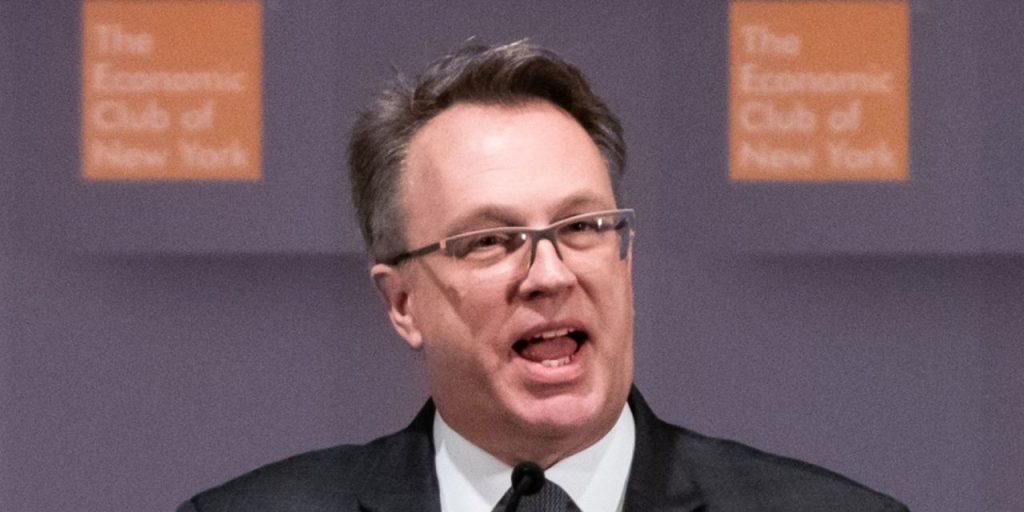The failure of three midsized U.S. banks and subsequent financial stress is not likely to be a “big negative” on the U.S. economic outlook, said New York Fed President John Williams, on Tuesday.
“The banking system has really stabilized…but we are going to have to watch carefully,” Williams said, in an interview on Yahoo Finance.
“The bank failures add to uncertainty about the outlook,” Williams said. He added that he still expects the economy to grow, at a pretty modest rate, this year.
Williams said that it is still “early days” to spot tightening of credit conditions in light of the banking stress.
“Right now, we’re not seeing any strong signs of those effects happening,” he said.
See also: Fed’s Williams says there are no clear signs of credit crunch
This bank stress comes as the U.S. economy “is actually growing pretty well,” Williams said.
First-quarter GDP growth should be “well above 2% at an annual rate,” he said.
The Commerce Department will release its initial estimate of first-quarter growth on April 27.
Williams said the latest reading on employment in March shows job growth remains quite strong, Williams said.
The Fed’s favorite inflation personal consumption expenditure index price index peaked at 7% last year but is still running at about 5% rate.
“We still have got our work cut out for us to get inflation back to 2%,” Williams said.
Williams is the vice-chair of the Fed’s interest-rate setting committee and is the only regional Fed president to vote every year on policy decisions.
Last month, days after the collapse of Silicon Valley Bank, the Fed went ahead and raised its benchmark interest rate to a range of 4.75%-5%.
The central bankers said it “may” need to raise rates further and officials penciled in one more rate increase.
Asked about monetary policy, Williams said that the data would play a key role.
“I think, depending on conditions, we’ll see what we need to do,” Williams said. The Fed is going to be “learning along the way.”
At the moment, the level of interest rates is “somewhat restrictive,” or pushing down economic growth.
If inflation comes down, the Fed will need to cut rates. Holding rates steady would mean that policy was getting tighter when adjusted for inflation. That is why the Fed has rate cuts penciled in for next year, he said. The market is pricing in rate cuts this year.
Stocks
DJIA,
+0.29%
SPX,
-0.00%
opened slightly higher on Tuesday while the yield on the 10-year Treasury note
TMUBMUSD10Y,
3.432%
rose to 3.43%.
See also:
Read the full article here




